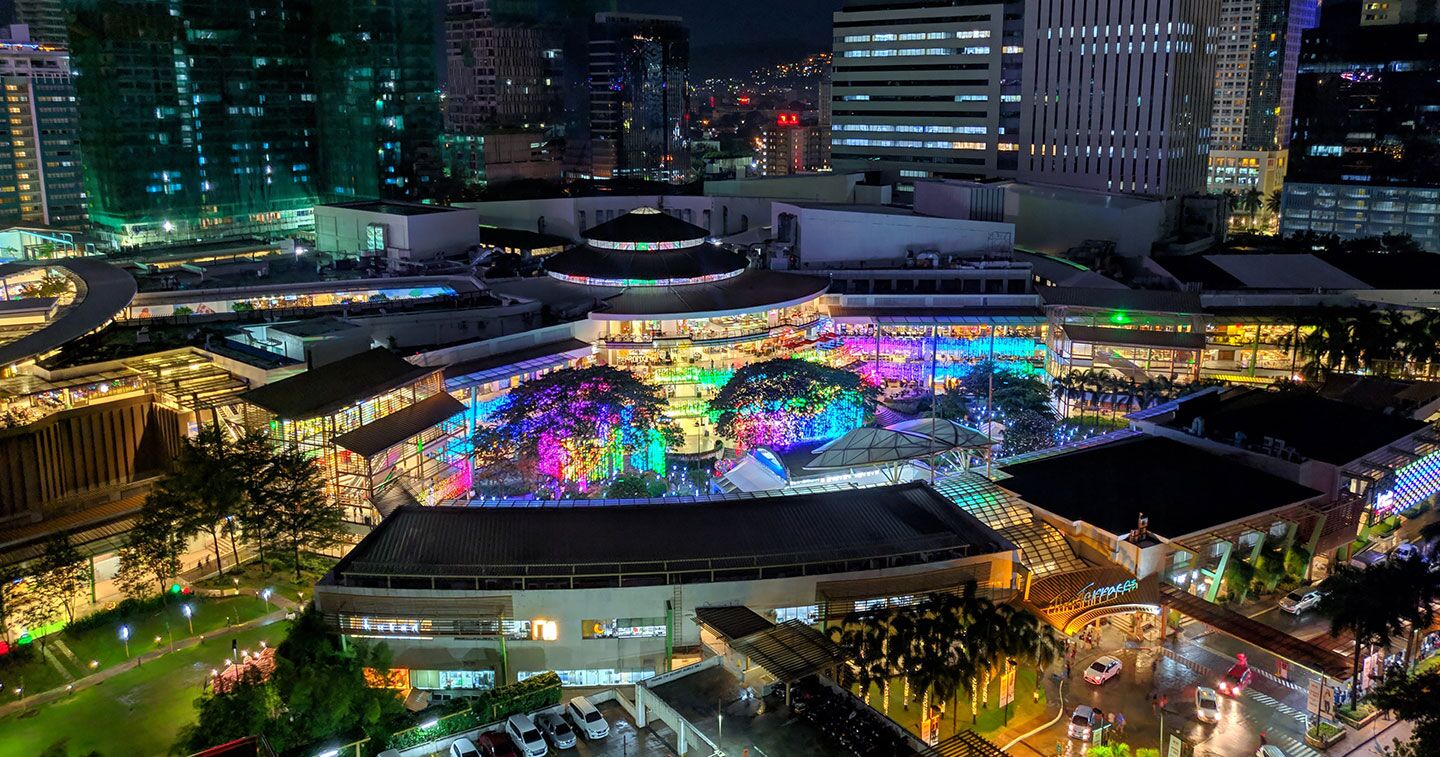In an official statement published online on Wednesday, October 30, 2019, the United Nations Educational, Scientific and Cultural Organization (UNESCO) headquarters announced the 66 new UNESCO Creative Cities for 2019, of which the Philippines’ Cebu City is included. This year’s list sums up a total of 246 cities forming the UNESCO Creative Cities Network (UCCN), committing to bring a tangible contribution to achieving the Sustainable Development Goals as cities champion sustainable development actions that directly benefit communities at the urban level.
“All over the world, these cities, each in its way, make culture the pillar, not an accessory, of their strategy,” says UNESCO Director-General Audrey Azoulay. “This favors political and social innovation and is particularly important for the young generations.”
Cebu City is the second city in the country to receive such a designation. Officially hailed as a UNESCO Creative City of Design, the progressive and eclectic city in the Visayas region has been steadily building an esteemed name for itself with its thriving community of world class and award winning designers (from fashion and textile to digital graphics and mixed media). The UCCN has seven creative fields: Crafts and Folk Arts, Media Arts, Film, Design, Gastronomy, Literature, and Music. Baguio, the “Summer Capital of the Philippines” and the first local city to garner such a recognition, was included in last year’s list of UNESCO Creative Cities under the Crafts and Folk Art category.


According to the UNESCO’s official statement, “The member cities that form part of the Network come from all continents and regions with different income levels and populations. They work together towards a common mission: placing creativity and the creative economy at the core of their urban development plans to make cities safe, resilient, inclusive and sustainable, in line with the United Nations 2030 Agenda for Sustainable Development.”
Formed in 2004, one of the primary objectives of the UNESCO Creative Cities Network (UCCN) is to create environments that foster innovation and creativity as key drivers for a more sustainable and inclusive urban development. By joining the UCCN, cities worldwide commit to place culture and creativity at the core of their sustainable development strategies, policies and initiatives. As a UNESCO Creative City, Cebu shall now have a responsibility to work on developing the creative sector and inspire other cities in the country to follow suit.

Such a distinction will also boost global recognition for the city’s creative industry, which contributes about US$550 million and makes up around five to ten percent of the country’s economy. The Creative Economy Council of the Philippines (CECP) is a staunch partner from the private sector to help the government and industries develop policies to grow the country’s creative economy. In partnership with the Bureau of Investments (BOI), CECP also aims to put the Philippines in the top five creative economies in Asia-Pacific and first in the ASEAN region by 2030.
Here’s the complete list of the 66 new UNESCO Creative Cities:








